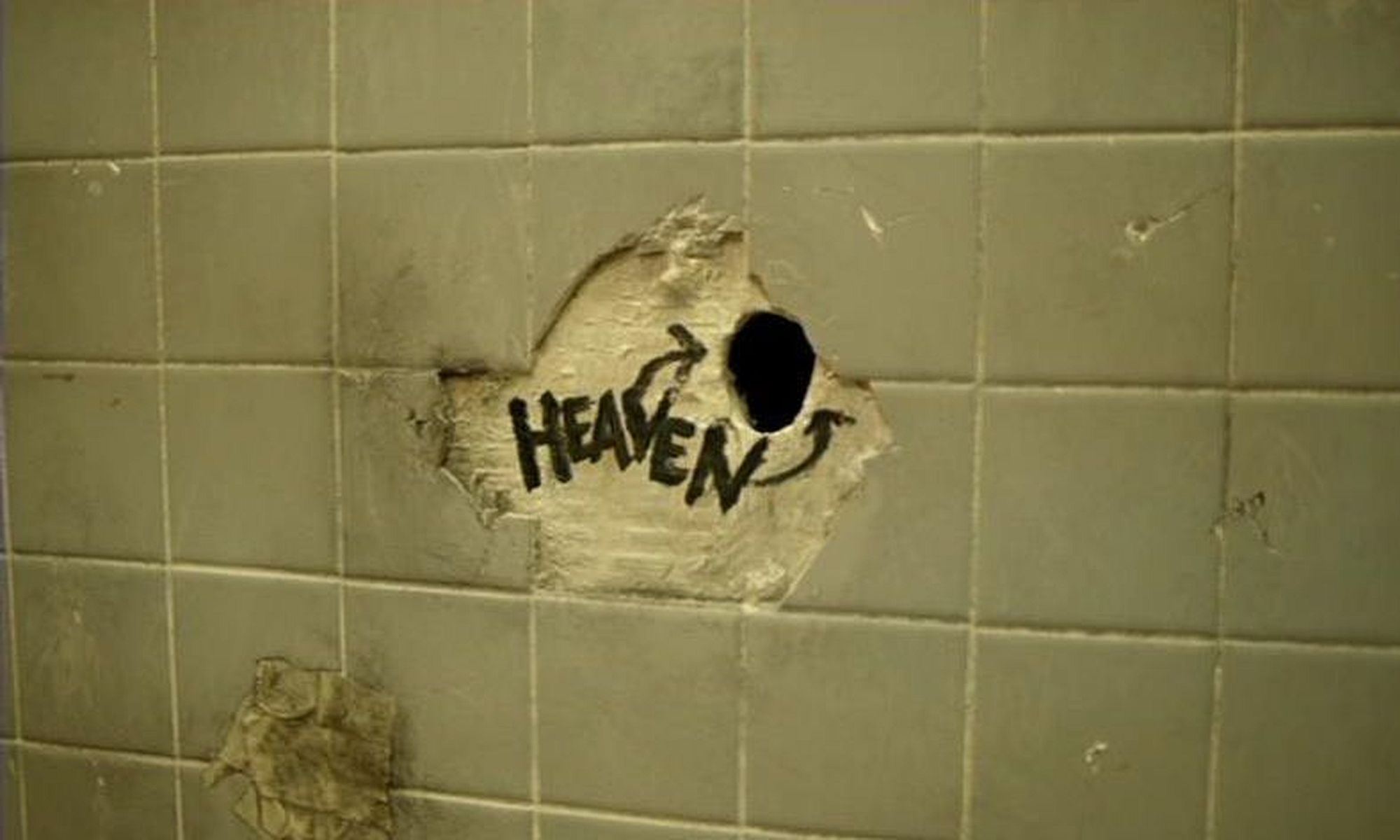The images of Pluto that are still steadily trickling in from NASA's New Horizons probe are among the most amazing extraterrestrial images I have seen during the entire course of my life. I mean, just look at that! How can you not be in awe?
Yes, images from Mars still fire my imagination at the possibility of finding current or past life on the surface, but let's face it: except for the color and the obvious lack of vegetation, it looks for the most part like the American southwest. The pictures that were beamed back from Jupiter and it's moons were beautiful, and in the case of Europa and Io in particular, raised more questions than they answered. The images that have come back from Cassini during the twelve years (gawd, I feel old) it's been in orbit around Saturn and its moons are spectacular, even artistic—but so numerous I can't even begin to scratch the surface to see them all. The photos of Uranus and Neptune that came back from Voyager 2 in the 1980s hinted that something catastrophic happened in the outer solar system in the distant past that knocked one of them on its side, but again they only raised more questions than they answered.
But none of these pictures have fired my imagination the way the images from Pluto have. Maybe it's because until last summer, Pluto at best was nothing more than a tiny, blurry blob in the best telescopes. Or maybe it's because it turned out to be something completely different from what anyone was expecting. Maybe its because the pictures added more evidence to the idea that something big happened in the outer reaches of our solar system in the distant past. (The fact that Pluto is geologically active—flying in the face of everything we thought we knew about the outer solar system—and with its moon Charon bears the unmistakable scars of having collided with something tells me it's not as boring and unchanging at 40AU from the sun as we'd believed.) All I know is that these alien landscapes are filling me a with a sense of absolute wonder that precious few others have done, and it saddens me no end to think that no more probes will be visiting that tiny, fascinating world in my lifetime, much less that I will ever live to see human explorers walk its surface.
That being said, when I was a kid spending summers wearing down my box of 64 Crayola crayons to nubs by drawing the planets again and again hoping to get them just right, I would never in my wildest dreams have imagined that humanity would actually be visiting any of them—much less all of them during my lifetime—and for that I feel extremely lucky.

